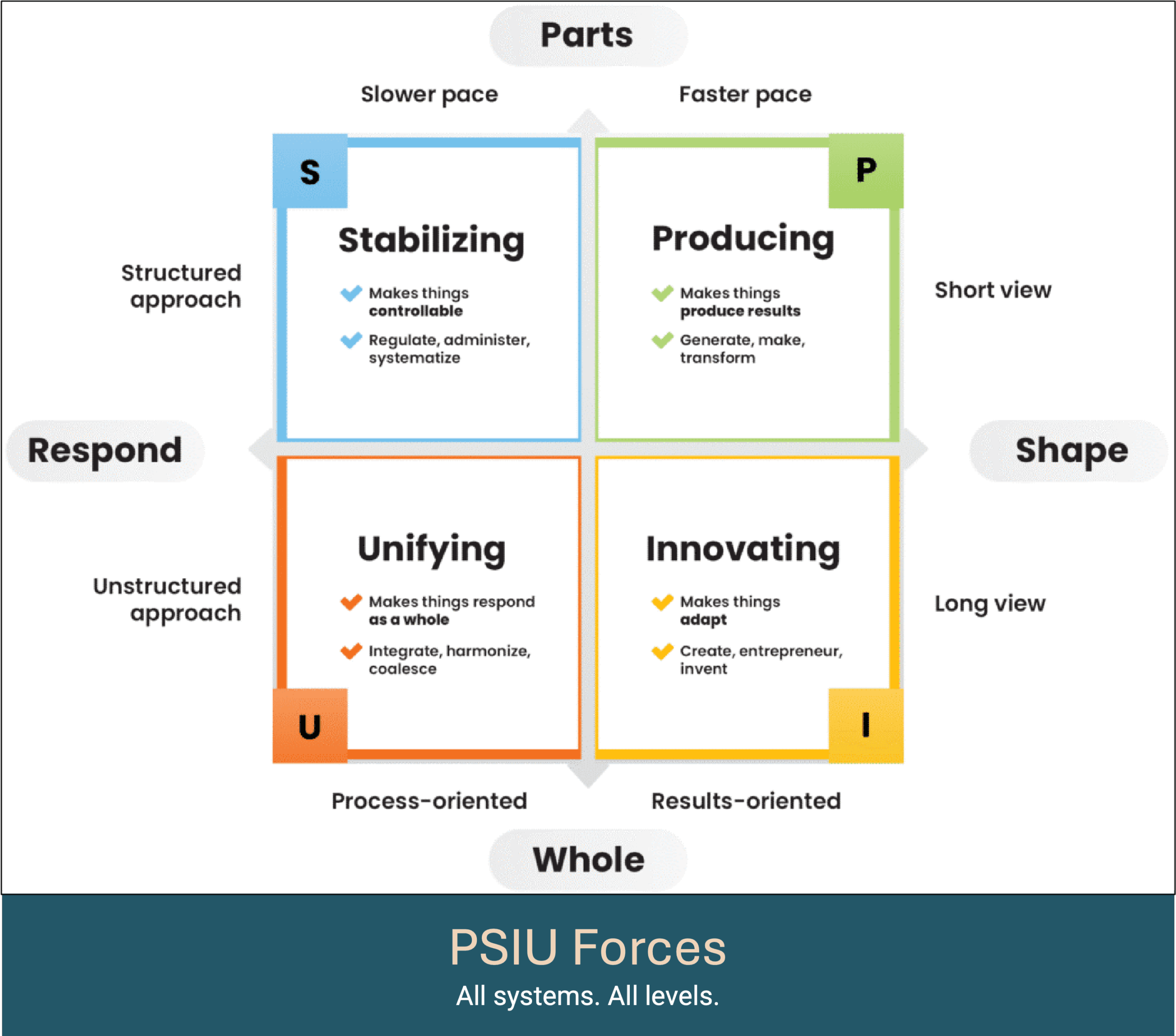Summary Insight:
Processes create speed—until they don’t. Learn the physics of why every system that scales eventually creates its own inertia, and how to keep structure serving performance instead of suffocating it.
Key Takeaways:
- Process is a stabilizing force that enables repeatable performance.
- Too much process adds inertia and kills adaptability.
- Design for dynamic balance—just enough structure and process to move fast with managed chaos.
Everyone loves “the process” — until it slows them down.
So why does something built for speed turn into inertia?
You can’t build anything that lasts without process.
Your brain has one.
Your heart does too.
Even the Golden State Warriors have one every time they take the court.
The best teams in the world — in business or sport — know that process is performance.
As Nick Saban put it, “We focus on the process, not the outcome, and the score takes care of itself.”
He’s right. Life and success are built on processes.
The Paradox of Process
We see examples of process excellence all around us. Yet the word process still triggers a groan inside many CEOs.
Somehow, what starts as the key to speed ends up feeling like bureaucracy.
Why?
To understand that, you have to see the physics underneath all systems.
Every living system requires some stability to survive and thrive.
Your personality can’t evolve successfully if it lacks a stable self-identity.
An organization can’t scale if its activities aren’t repeatable.
A process is a stabilizing force. It lets you create consistent results with less energy because the steps are embedded — they’ve become part of the system’s memory.
That’s the upside.
The downside is that all stabilizing forces compound over time.
The more structure and processes you add, the more inertia you create.
That’s why a young company moves like a speed boat and a legacy company moves like a barge.
It’s the same reason your body and mind feels stiffer with age — the stabilizing force increases over time.
The Hidden Cost of “Good Intentions”
When managers see friction, they often add more process.
More checklists. More sign-offs. More meetings to “align.”
But each new stabilizer adds just a little more drag to the system.
Over time, the organization becomes so optimized for control that it loses adaptability.
The process becomes the goal — instead of the means to the goal.
That’s how bureaucracy is born.
The Physics of Balance
In Organizational Physics terms, the left side of the PSIU matrix — the Stabilizing and Unifying forces — exist to help the right side — the Producing and Innovating forces — perform better.

When the stabilizing side dominates, creativity and momentum stall.
When it’s too loose, chaos takes over.
The goal is dynamic equilibrium: just enough stability to execute repeatably, with enough slack to adapt quickly.
How to Keep Your Processes from Turning Into Bureaucracy
- Stay clear on the goal.
The process must serve the outcome — not the other way around. If the goal shifts, so should the processes. - Design for energy efficiency.
Every process should reduce friction, waste, and time — not add to it. - Embed the process in the work itself.
Don’t rely on documentation . Make it impossible not to follow the process by designing it into the workflow. - Assign a role for cross-functional optimization.
Most process friction isn’t within a department — it’s between them.
Someone should own that boundary space. - Watch for signs of over-processing.
If your team spends more time maintaining the system than achieving the goal, it’s time to strip back.
In short, the question to keep asking is:
“Are our processes working for us — or are we working for them?”
The Secret of Fast Organizations
The fastest organizations aren’t those with no process.
They’re the ones with light processes — flexible enough to bend with changing conditions, but strong enough to hold shape under pressure.
They’ve learned what nature has always known:
Stability should serve flow; beyond that, it’s resistance to flow.
Structure should enable execution; otherwise it creates overhead.
Processes should deliver reliable outcomes—fast, repeatable, and appropriate to the stage.
When you forget that, bureaucracy takes over.
When you remember it, you have a high-leverage point to grow your business.
A proven way to see how well your processes and systems are working for your business at its current stage is to run an Entropy Survey. It will reveal to you and your team what’s really going on:
👉 https://organizationalphysics.com/entropy-survey
– Lex, your CEO coach
📌 P.S. Most bureaucracy starts with good intentions. The art is knowing when to stop adding and start simplifying.




